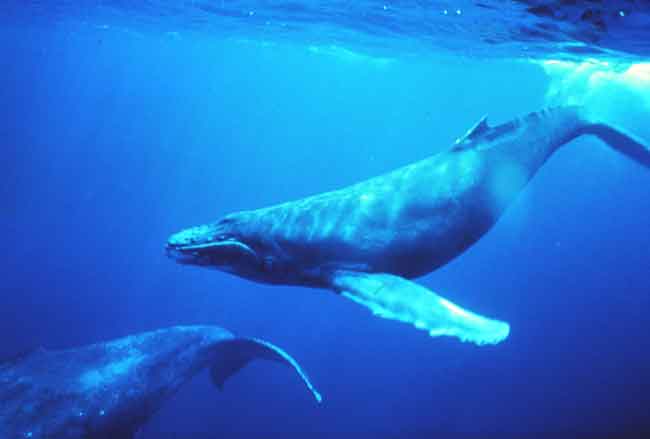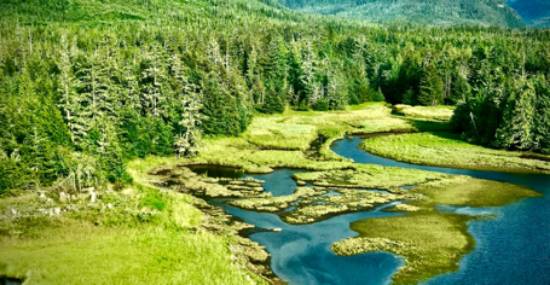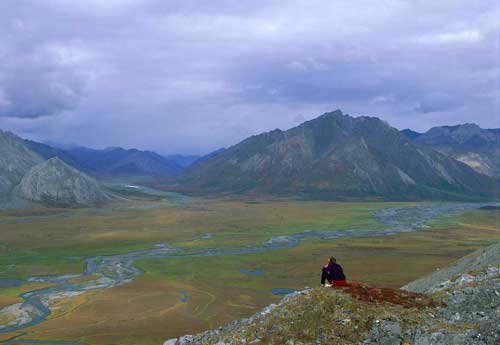
ANCHORAGE— The Trump administration on Thursday took a major step toward opening up America’s largest roadless area — Alaska’s National Petroleum Reserve — for new, industrial-scale oil development. The project threatens important habitat for several species that live on the Arctic Coastal Plain, including polar bears, caribou and migratory birds.
Today’s draft review from the Bureau of Land Management is a key step toward allowing ConocoPhillips to build a 14-acre drill pad, 48 wells, a road and pipelines in the reserve.
“It’s disturbing to see the Trump administration pushing forward with an oil development that will cut across America’s largest roadless area,” said Miyoko Sakashita, senior counsel at the Center for Biological Diversity. “The drilling project will scar the land and pollute the air and water. It’s a disaster for the Arctic and the bears, birds and caribou living there.”[xyz-ihs snippet=”Adsense-responsive”]The proposed oil development, Greater Moose’s Tooth 2 (GMT-2), is adjacent to the Teshekpuk Lake and Colville River special areas that are recognized as providing essential habitat for polar bears, caribou, migratory birds and fish. Native Alaskans also rely on the areas for subsistence. The environmental review acknowledges that the project will damage wetlands, melt permafrost and emit greenhouse gases.
The draft environmental review is open for comment until May 7, 2018.
Source: Center for Biological Diversity







